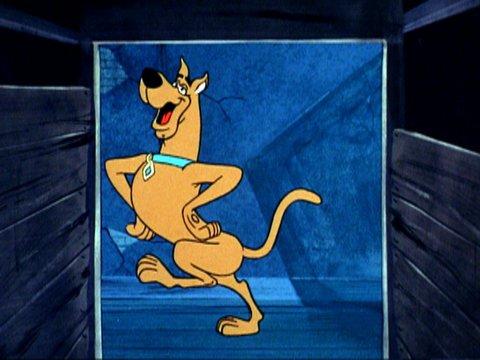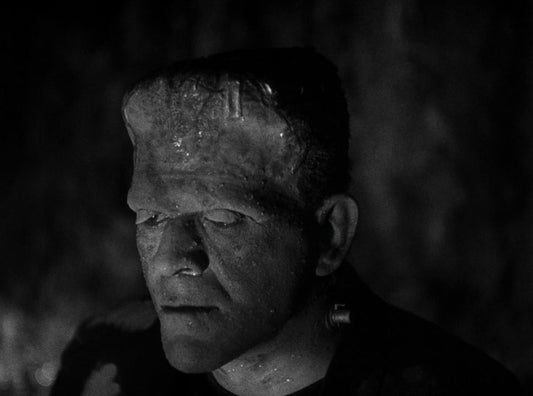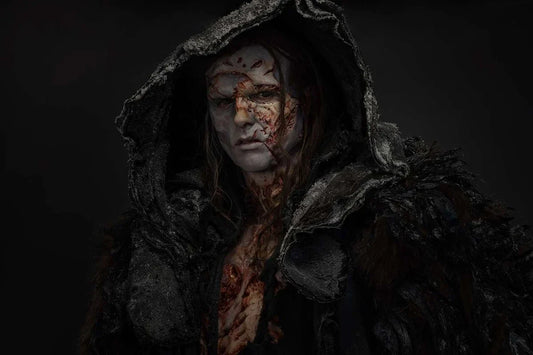 Before horror became synonymous with blood and jump scares, it snuck into something far more unexpected — Saturday morning cartoons. Between the 1930s and the 1990s, animators used spooky imagery, gothic soundtracks, and ghoulish characters to give kids a playful dose of fear.
Before horror became synonymous with blood and jump scares, it snuck into something far more unexpected — Saturday morning cartoons. Between the 1930s and the 1990s, animators used spooky imagery, gothic soundtracks, and ghoulish characters to give kids a playful dose of fear.
From dancing skeletons to vampire ducks, horror cartoons have always found a way to make the macabre feel fun. Let’s dig up some of the creepiest — and most charming — animated frights from the past century.
☠️ The Skeleton Dance (1929) – The First Animated Fright

It all started with bones. Walt Disney and animator Ub Iwerks created The Skeleton Dance as part of the Silly Symphonies series — a short featuring skeletons who emerge from their graves to dance, rattle, and play xylophone on each other’s ribs.
It’s playful rather than terrifying, but it set the tone for decades of spooky cartoons to come. Black cats, full moons, and graveyards became staples of animation — imagery that kids found thrilling, not horrifying.
🧛♂️ Betty Boop’s Snow-White (1933) – Surreal and Sinister

The early Fleischer Studios cartoons often blended jazz, surrealism, and horror. In Snow-White, Cab Calloway’s ghostly voice leads a skeleton dance inside a coffin — a perfect mix of the eerie and the absurd.
The fluid animation style gave these scenes a dreamlike unease, influencing later spooky works from Nightmare Before Christmas to modern adult animation.
🎃 Casper the Friendly Ghost (1940s–1950s) – The Gentle Side of Horror
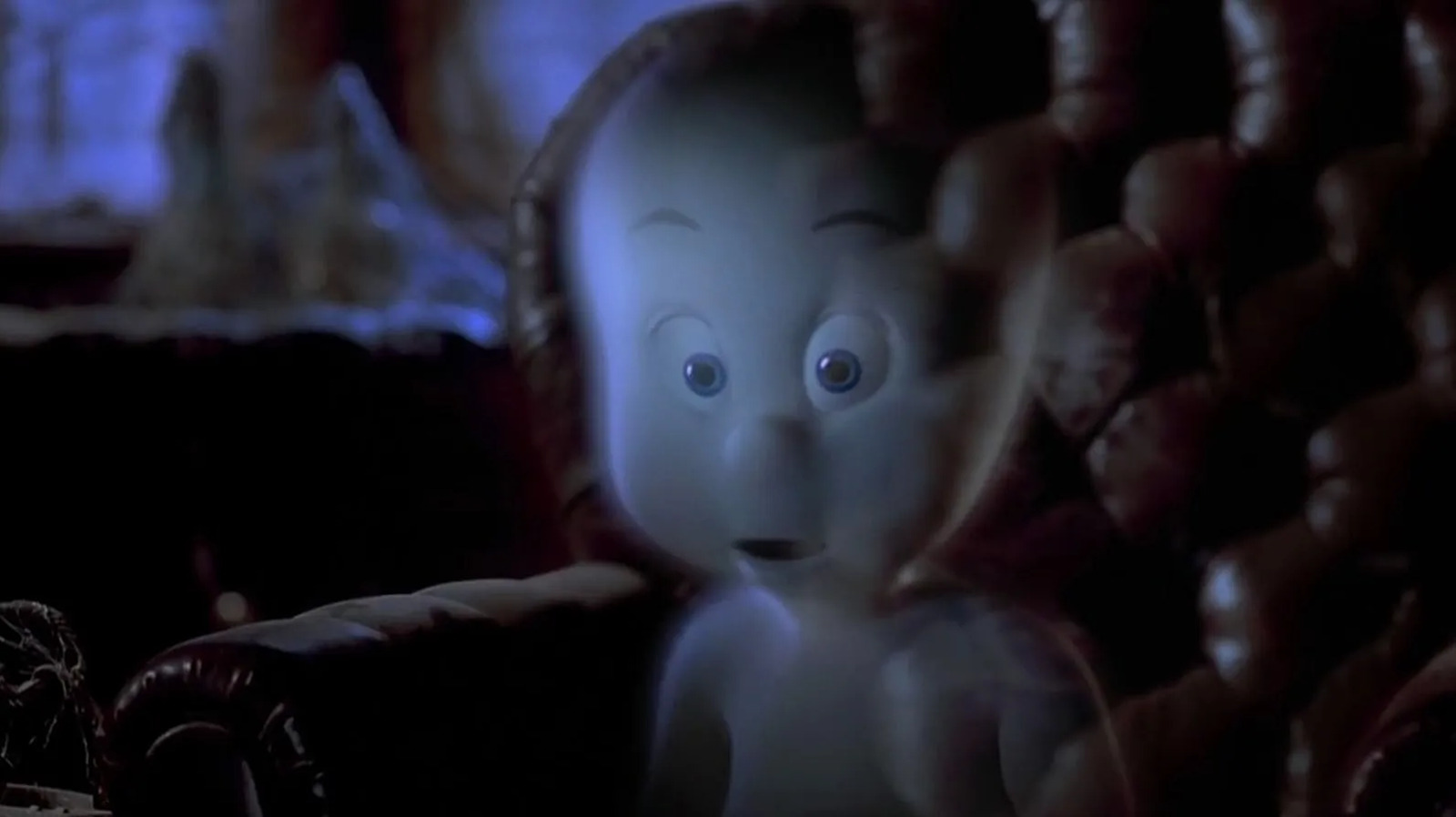
By mid-century, horror cartoons softened. Casper flipped the genre by making the ghost the hero — lonely, kind, and misunderstood.
This shift mirrored a cultural change: monsters weren’t just villains anymore. They could be sad, funny, even lovable — a theme that would echo decades later in Hotel Transylvania and Frankenweenie.
🧟♀️ Scooby-Doo, Where Are You! (1969) – Mystery Meets Monster
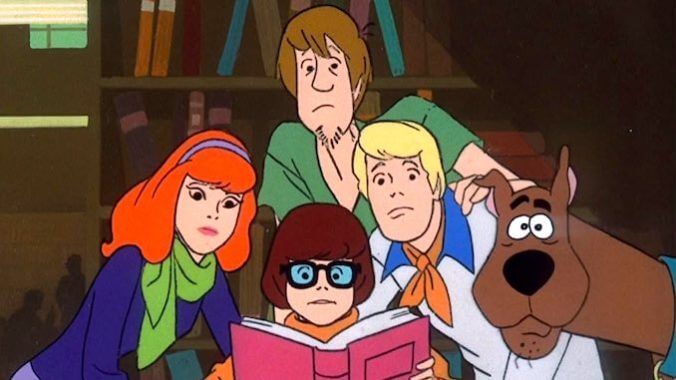
Hanna-Barbera’s Scooby-Doo turned the haunted house into a weekly adventure. Every episode mixed classic horror setups — foggy graveyards, creaky mansions — with comedy and mystery.
It became the blueprint for generations of kids’ horror: a little scary, a little silly, and endlessly rewatchable.
💀 Courage the Cowardly Dog (1999) – Nightmares in Pastel
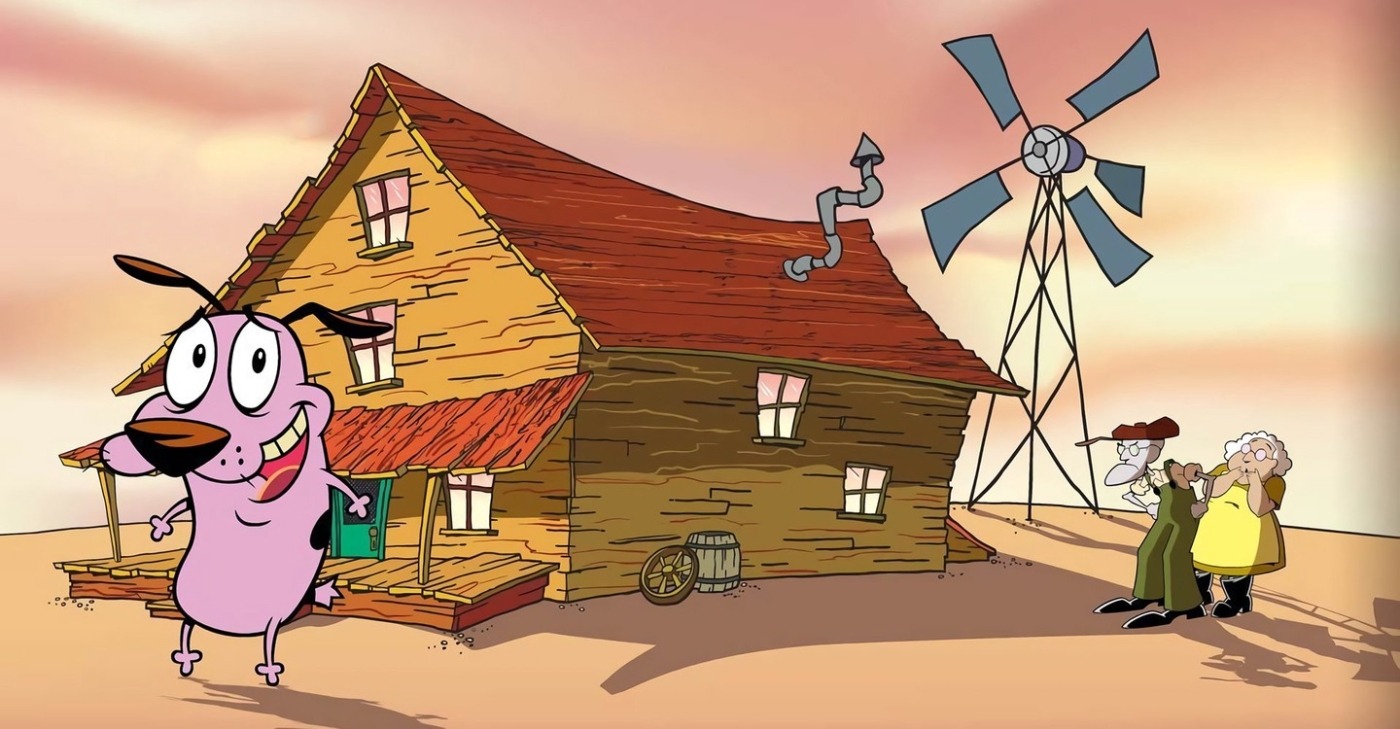
Fast-forward to the late ‘90s, and Courage the Cowardly Dog pushed the limits of children’s horror.
Its strange CGI villains, eerie sound design, and existential dread turned what looked like a cute cartoon into genuine nightmare fuel.
It carried the DNA of earlier horror cartoons — surrealism, humor, and tragedy — but added a modern layer of emotional horror, proving that fear could coexist with heart.
🩸 Why Horror Cartoons Still Matter
Horror animation has always been a safe space to explore fear. It turns the grotesque into something approachable — letting audiences laugh at their nightmares instead of run from them.
From the skeletons of the 1920s to the monsters of the 2000s, every generation of animators has used horror to stretch what’s possible in their art.
And because so many of these early shorts are public domain, they continue to inspire animators today — remixed, restored, and reimagined for new audiences who still love a good scare (and a catchy tune).
